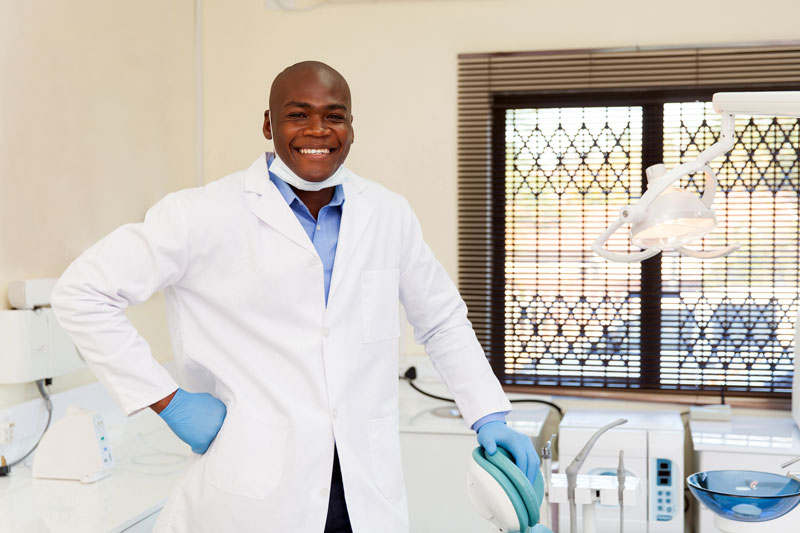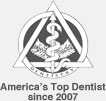What is Digital CT Imaging?

You know when you visit the dentist and have to bite down on trays of goop for impressions of your teeth? You have to sit in the chair for what seems like eternity, trying to breathe while also managing your saliva so you don’t drool all over yourself? Digital CT imaging is essentially an advanced and efficient way to replace that process. Yup, your doctor can obtain dental imaging and impressions all with no more goop! Instead, a camera like machine is used to take high-resolution photos inside of your mouth. With digital CT imaging, multiple pictures are being taken and stitched together on a computer, resulting in a more accurate impression.
At Washington State Prosthodontics and Dental Implant Center, we are a comprehensive dental practice that offers advanced prosthodontic care. Prosthodontics, or prosthetic dentistry, is an area of dentistry that concentrates on the aesthetic restoration and replacement of teeth to their proper form and function. We offer a wide array of services such as Bridges, Crowns, Dental Implants, Dentures, and Veneers, therefore, digital CT imaging is an important part of our practice. Dental Impressions are an imperative first step in nearly every area of dentistry, and to ensure the best results for our patients, efficiency and accuracy is a must. That’s where digital CT imaging comes into play.
Types of Digital Imaging
We know the use of digital CT imaging systems allow your doctor to provide timely, effective and accurate dental imaging in order to provide you with the best diagnosis and solution possible. But to provide a bit more context, digital imaging essentially uses X-ray sensors rather than X-ray films to create computer-enhanced imaging of our patients mouth and dental structures with more detail, in a shorter amount of time, and with less exposure to radiation. At Washington State Prosthodontics and Dental Implant Center, our digital technology provides 3D data for dental implants, wisdom teeth extractions, impactions, TMJ treatment, airway assessments and sleep apnea, and full facial jaw 3D images.
Now, let’s get into the various types of Digital Imaging, or Digital Dental Radiographs. There are two main categories of Digital Dental Radiographs: Extraoral and Intraoral.
Intraoral Images
Intraoral images are great for providing great levels of detail in the imaging and are taken inside of the mouth. According to the ADA, “about 90% of practicing dentists use some form of digital intraoral radiographic system for their imaging requirements. Quality assurance for digital intraoral radiography involves the consistent production of high-quality X-ray images to provide the maximum amount of diagnostic information while minimizing radiation exposure to the patient.”
Intraoral scanners are often used to retrieve digital impressions that can then be used to create implant surgical guides, inlays, onlays, partial dentures, aligners, and crowns. One reason so many practicing dentists use Intraoral scanners is the fact they are a great improvement from previous technologies and the traditional method of taking impressions as mentioned above. Not only is the process much easier and more comfortable for patients, but dentists also report the advantages of intraoral scanners as improved efficiency as well as better results than they would typically get from the traditional methods. Though these intraoral scanners provide great results for impressions for things like crowns and fixed dental prostheses, conventional methods may still be most accurate for other procedures such as removable dentures. (ADA, 2022)
There are multiple types of intraoral x-rays, each which is designated for special uses. Bitewing X-rays are a type of intraoral imaging that are great for detecting fluctuations in bone density, the decaying of teeth, and ensuring the strength of dental fillings. Periapical X-rays are another type of intraoral imaging that are best used for showing inconsistencies in bone structure as well as diagnosing multiple conditions such as advanced gum disease and periodontitis.
Extraoral Images
Extraoral images are taken outside of the mouth, and therefore provide less detail than Intraoral images, however they are beneficial for capturing a wide range of motion due to the fact that they are taken outside of the mouth. This makes extraoral images great for discovering problems with the jaw and impacted wisdom teeth. Two examples of extraoral images are Multi-slice computed tomography (MCT) and Cone-beam computerized tomography (CBCT). MCT’s are useful for viewing areas of the mouth that may not be easy to see by showing only one layer of the mouth while blurring out the others. CBCT’s are helpful for determining what a patient’s bone density is before a surgery, or for assisting in challenging tooth extractions. A huge advantage of Cone-beam computerized tomography is the fact that it allows dentists the ability to collect an all-inclusive baseline record and increases their ability to plan treatments for their patients and diagnose conditions that would not be possible using 2D radiographs. (ADA, 2022)
The Future of Digital CT Imaging
Digital imaging is becoming more and more common amongst today’s dental professionals, and the benefits of the ability to diagnose, detect, treat and monitor oral diseases and conditions prove digital dental radiography and dental imaging aren’t going anywhere. With time, digital imaging will only become more comfortable, more affordable, and more accessible for all.
Digital CT Imaging for YOU
At Washington State Prosthodontics and Dental Implant Center, we pride ourselves on being the best Bellevue prosthodontist. That means you can take advantage of a more complete dental treatment with digital CT imaging. Special features for patients include:
- One 20-second scan that provides enough data for a complete diagnosis
- A safer diagnosis with less radiation than traditional CT scanners
- Increased comfort: patients are seated in an open environment with plenty of space
- A more cost-effective imaging system
- Doctors can easily share the data with patients, so that patients stay informed and are able to make educated decisions on their course of treatment
Our office is pleased to offer digital CT imaging for patients who receive dental treatment. Come and see for yourself what it's like to receive a more advanced, patient-friendly dental experience. Schedule a consultation today!

 (425) 549-4649
(425) 549-4649









